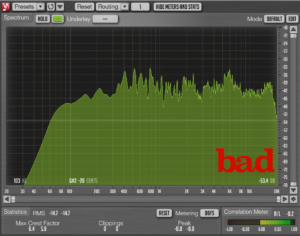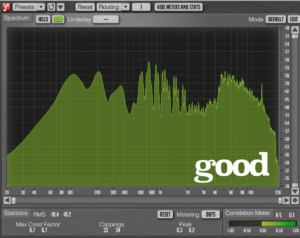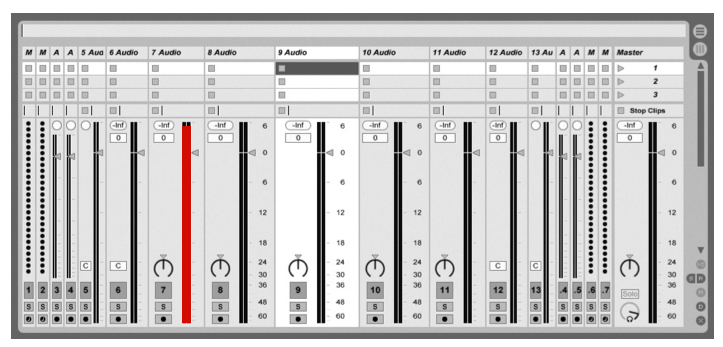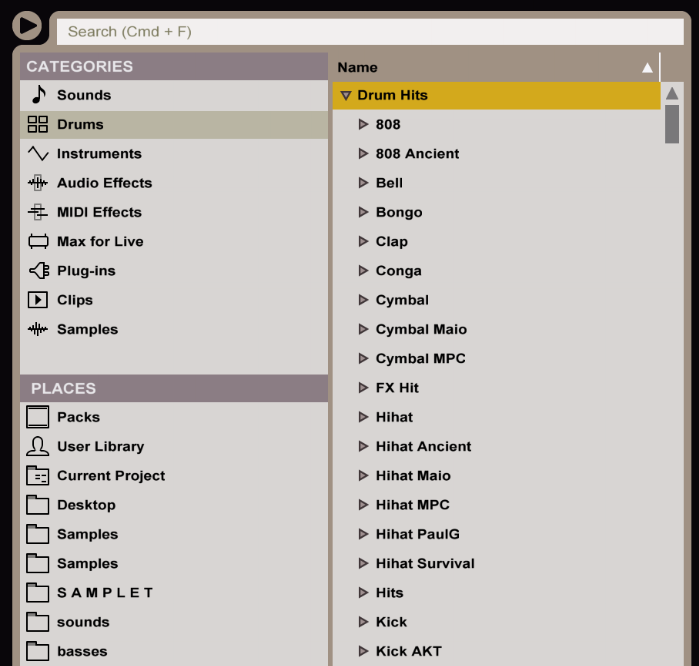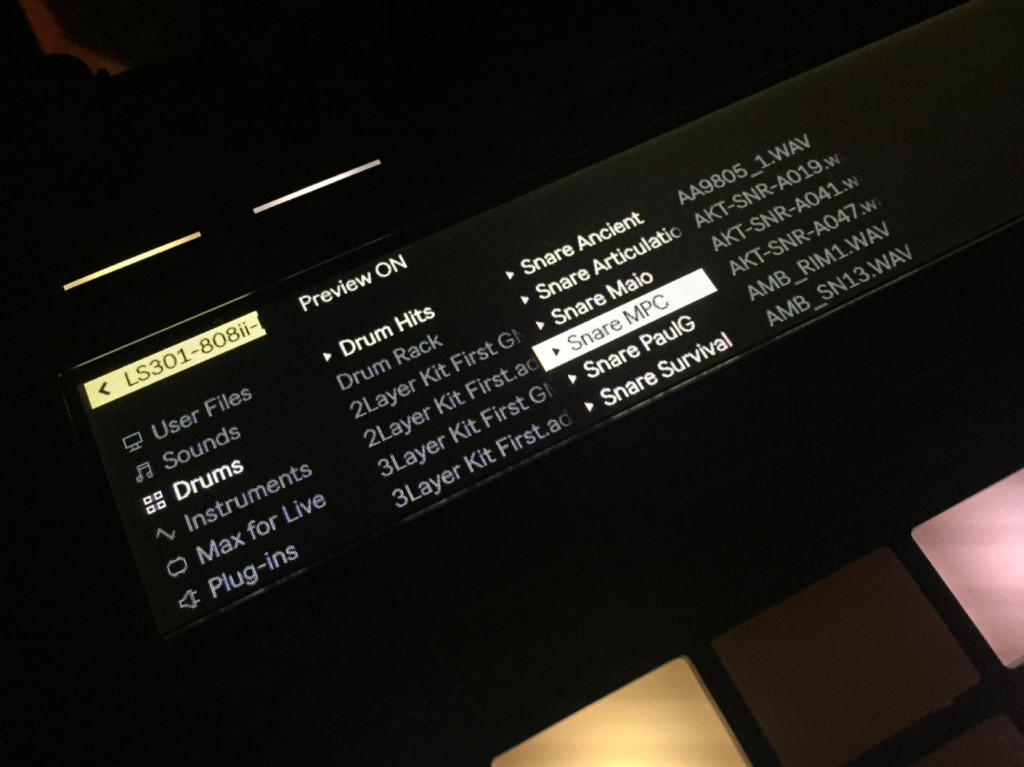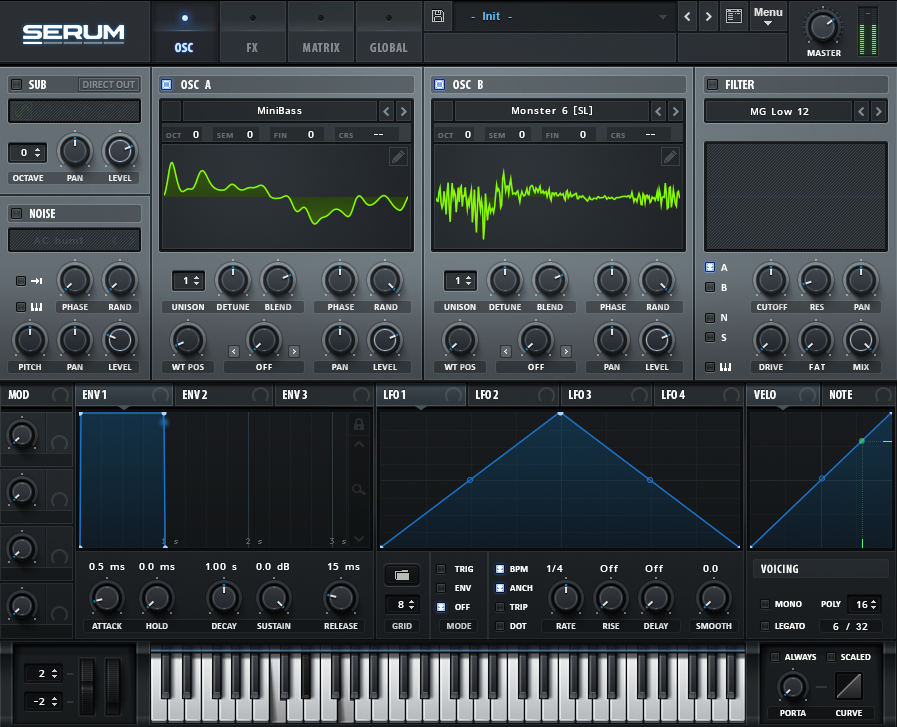
Being a total music tech geek who’s reading Gearslutz and other related forums all the time when not busy making music, mastering it for clients or playing with plug-ins and DAWs, I thought it might be relevant to start writing about it a little. So here’s a little checkout of the Serum synth by Xfer Records. I won’t go into writing a comprehensive manual or a comparison, but just say how I felt about it. I know there’s numerous reviews out there, but I wanted to do one of my own just go get practice with writing a bit longer as I’m planning to write more for the blog.
I bought Serum recently after demoing it for a while. I don’t dare demo things very often because Continue reading Checkout: Serum synth
